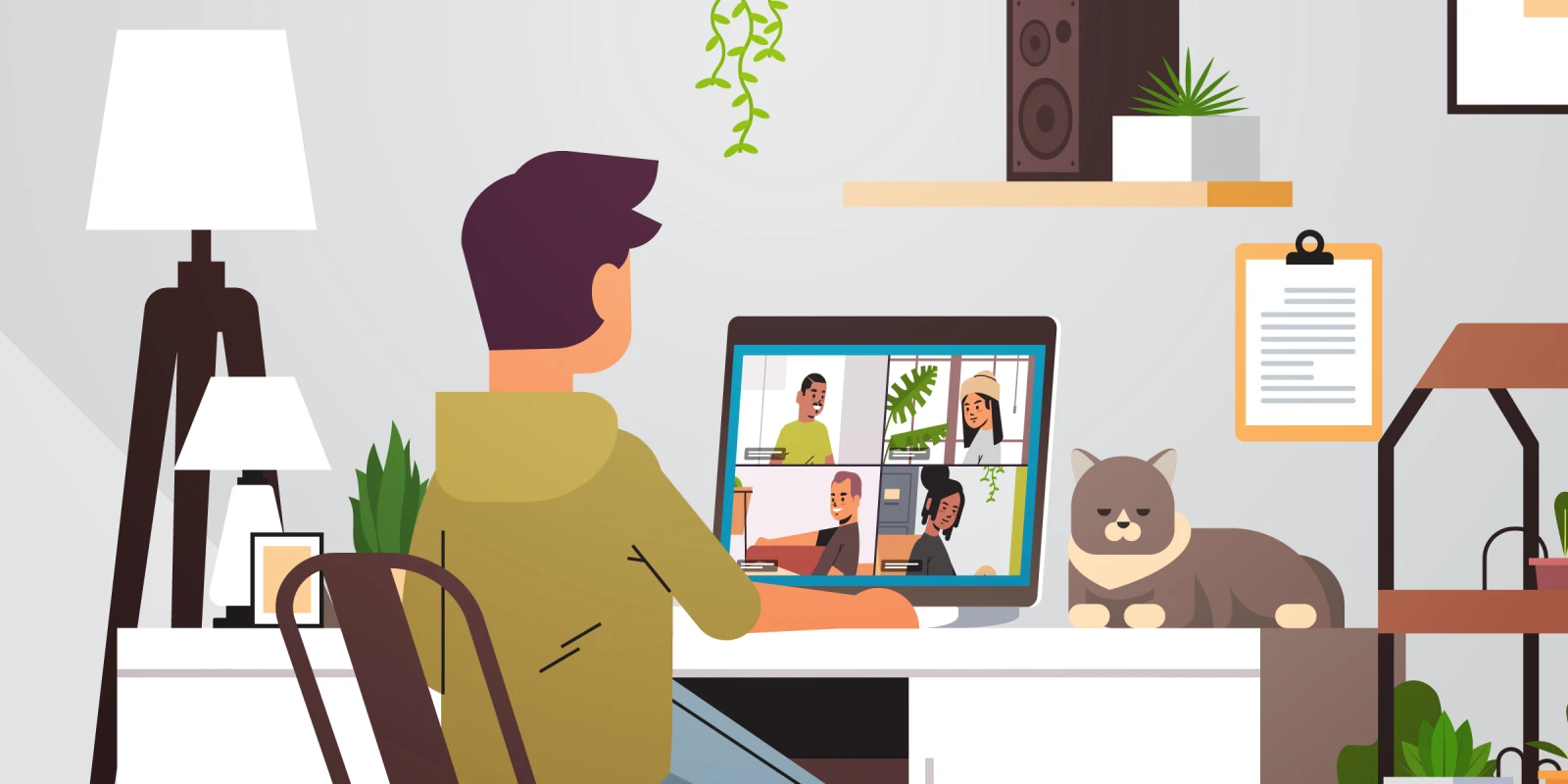I hate to say it, but the online format for the 2020 American Epilepsy Society annual meeting was actually cool. Of course, I missed seeing old friends and colleagues and meeting new ones from all over the world. I missed feeling the vibe of the epilepsy community. I missed the “after congress” activities, late-night dinners, and long chats with a beer. I find the virtual parties and receptions very awkward and quite useless. Sitting at a virtual table and then basically doing another Zoom call is just nonsense and defies the purpose of mingling and being social. It’s not an effective way of establishing new connections and collaborations, for which the human factor remains incredibly important.
I missed being a tourist and soaking in a new city or discovering new aspects of a place that I knew well.
I missed speaking to a real audience, seeing faces, smirks, head nods, smiles, frowns, excitement, and participation. I missed real-time feedback, going with the flow, improvising, the good chills of just being near the giants that have contributed to advancing knowledge in epilepsy. Speaking to a computer is very dry, and there is just no way to overcome that feeling.
I did not miss the very physical feeling of being part of the scientific community when, in previous meetings, we were all packed in a small room for a session that needed ten times the space than normal. The smell of humanity can be good, but I don’t miss it. I did not miss having to skip a session because the room was at capacity and having to see it in a “satellite location” — often a corridor with some chairs and a small screen.
I did not miss being seated for hours and hours wearing a suit and tie no matter the temperature inside the room, nor feeling guilty for opening a snack and giving it a bite in front of a respected speaker. I did not miss feeling guilty for leaving a session after only 10 minutes, just because. It was a relief not having to run from room 1A to room 252B and then back to 2C with a two-minute bathroom break between sessions or eating the dreadful boxed lunch. I did not miss trying to find a free power socket to plug my laptop in the whole conference center.
At home, you can stand, walk around, wear a T-shirt and khakis, exercise, eat, use the bathroom and not miss anything of what is being said (if you leave the bathroom door open). You can attend all sessions you want, one after the other. You can take notes, snapshots, send real-time emails to colleagues that are presenting to ask questions, congratulate them, or propose collaborations.
I did not miss carrying a poster with me. I’ve always considered it a waste of paper and an unnecessarily bulky object that is impractical for air travel; the cloth foldable version is just useless in my opinion, given the low resolution of the images that it allows.
The virtual poster session was excellent — and probably for the first time — I felt that I really had access to everybody’s work. I wasn’t just wandering around the poster hall like a zombie, stopping in front of three to four posters and then shutting the brain off, fatigued by overstimulation.
Some tweaks for future meetings are necessary though, including extending the very useful audio presentation to over three minutes, improving visualizations, allowing attendees to ask questions by annotating parts of the poster, and creating private breakout rooms where presenters can have up to five attendees at a time and answer live questions in a Zoom style.
I did not miss the strange layout of most conference centers, where I usually find myself constantly looking for a glass of water or a cup of coffee in a huge space that feels more like a labyrinth dotted with tiny stalls with scant offerings (like almost never including enough water bottles)!
A virtual meeting dramatically improves participation and access. Imagine all people with a disability or other reasons (single working parent, no full days off from work, not enough resources to afford travel, etc.) for which attending a regular meeting feels daunting. Virtual meetings practically eliminate all barriers. You just need a computer and a decent connection.
I imagine how the future of virtual meetings could look like in the next five to ten years. Imagine if professional organizations like the AES could give their members, as part of the annual fees, a dedicated virtual reality headset. This idea, suggested in conversation by Gabriele DeLuca M.D., D.Phil., FRCPath, FAAN, a friend and mentor, would be a real game-changer. The conference could become a virtual environment to explore and interact with. This is not too far-fetched if you think about where some current videogames are in terms of the open-world experience. As technology evolves, our avatars would become more real, and eventually, the experience would be very similar to the actual in person meeting (except for the late-night dinner part).
With the ultimate goal of improving access for everyone, professional organizations should significantly lower registration fees for virtual meetings, though keeping in mind that virtual platforms are expensive, but not nearly as expensive as renting a conference facility, catering the dreadful boxed lunch, and paying flight and hotel to speakers. I suspect that the future will be a combination of shorter in-person meetings and more structured and comprehensive virtual events, tailored to the individual needs of the participant.







